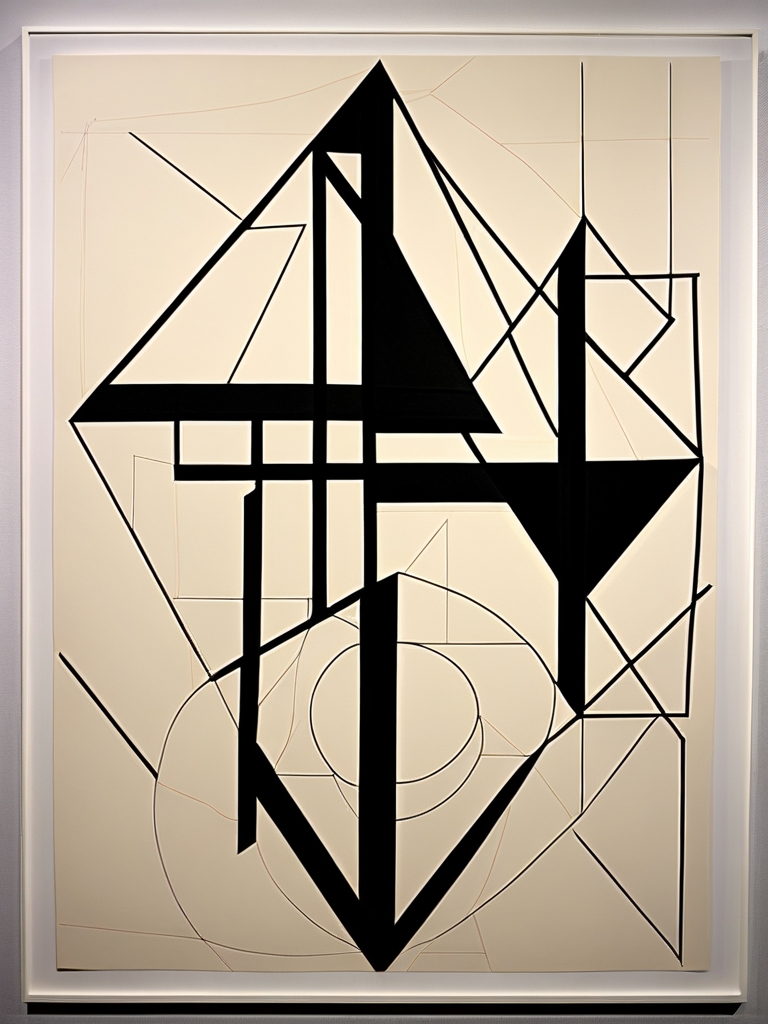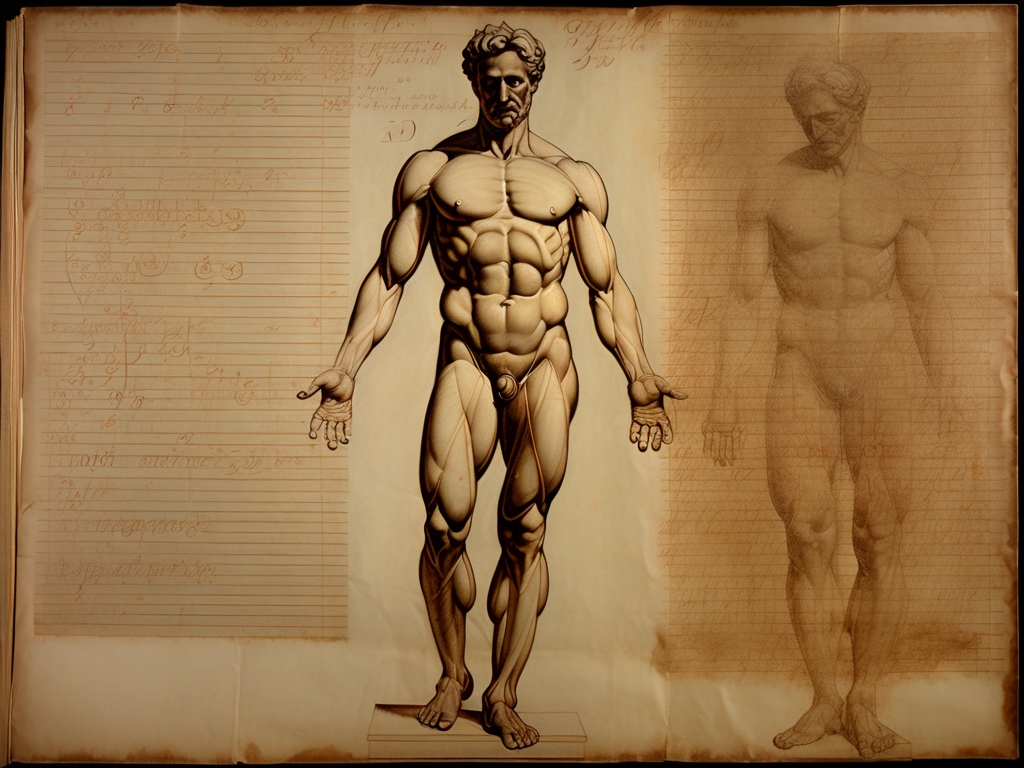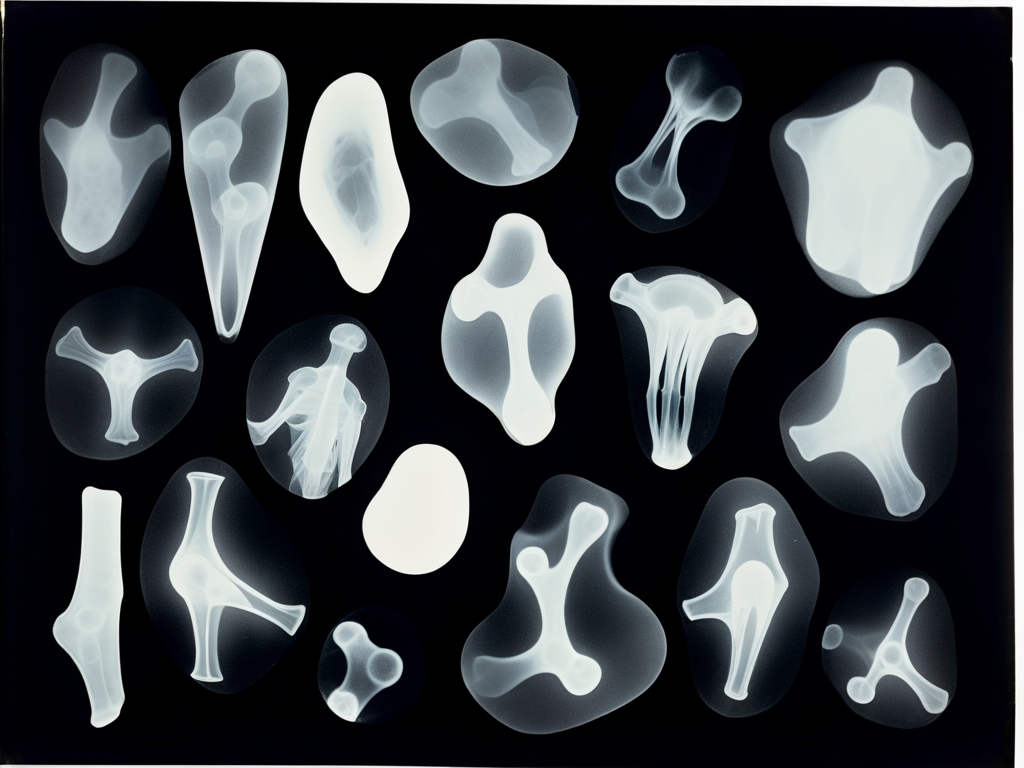The Erasure Constellation

Within the quiet shadows of Gallery Seven in the Ravensfield Collection, one drawing stands apart through its austere precision. Spread across cream-hued paper, exact black marker lines carve sharp geometric shapes—triangles and intersecting polygons—that interlock into a celestial lattice of angles and voids.
This work unsettles minimalism by deliberately unraveling form. Each angular figure is crafted with surgical care, then overlain by others to spawn psychological lacunae—gaps where meaning collapses inward, leaving behind only an architecture of forgetting.
The artist was Dorjan Kessler, a Kosovo war veteran marked not by visible scars but fractured perception. Locals recalled him speaking to mirrors in voices that shifted like layers erased beneath successive overwrites—a palimpsest incarnate.
Kessler’s ritual was precise: rendering detailed geometric self-portraits then methodically obscuring every feature with intersecting triangles and polygons—the signature motifs here. Hundreds of such drawings littered his apartment, each more abstract than the last as recognition gave way to dissolution.
His decline deepened when dissociative episodes seized him mid-creation. He began as one persona; another finished the piece through systematic negation. The black marker became both brush and scalpel—constructing form while simultaneously carving it away.
Psychologists observed how he erased humanity with mathematical rigor yet preserved geometric harmony; each obliteration was exact, as if his shattered psyche devised an internal calculus for self-negation embodied in these precise lines and dark planes.
The culminating drawing condensed total abstraction—a web of intersecting lines and bold black triangles suggesting infinite depth but revealing nothing concrete. Created over a seventy-two-hour dissociative trance, Kessler emerged afterward without memory or recognition of what lay before him.
Later examination of his journal disclosed that every shape symbolized a memory he sought to efface. This final constellation mapped the erasure of his pre-war identity—a grim catharsis wrought through ordered destruction reflected vividly in this stand-alone geometry on cream paper.
Dr. Helena Moravec secured this profound work for the Ravensfield Collection after identifying its significance amid her research into trauma-born artistic expression and acquiring it directly from Kessler’s estate post-disappearance.
Visitors often feel disoriented before it—as though those stark geometric voids exert an uncanny gravity pulling at their sense of self. The drawing endures in purpose: dissolving boundaries between observer and observed, presence and absence—until only the austere geometry of forgetting remains.
"It maps the topography of a mind at war with itself." Dr. Cassian Thorne, Psychiatric Art Historian




